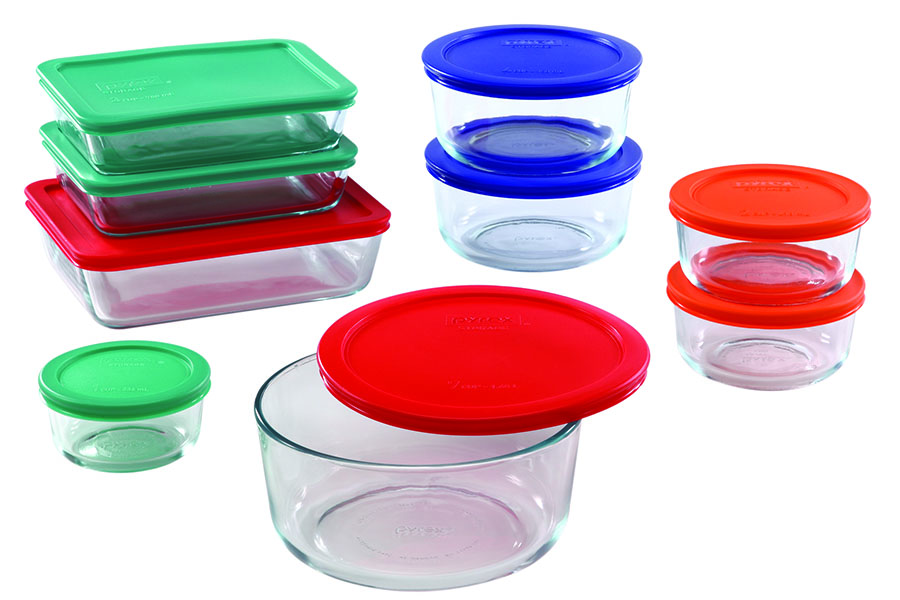Smart and safe food storage

For busy people, cooking ahead can be a lifesaver—a way to get a nutritious meal on the table quickly even on hectic days. Making lasagna or a big pot of soup ahead of time, then dividing it into proper portions for other meals later, makes sense.
While many people store leftovers in plastic containers (including anything from matching storage sets to empty yogurt containers), scientists have raised cautions about safety. The concern focuses on polycarbonate plastics that include the chemical bisphenol A (known as BPA), and the possibility that BPA can move from the plastics into food. The National Institute of Environmental Health Sciences recommends against microwaving polycarbonate plastics or washing them in dishwashers; heat may break down the plastic and allow BPA to leach into foods. You can check your plastic containers by looking for the number 3 or 7 next to the recycling triangle—these may contain BPA.
Increasingly, food storage containers are being marketed that are BPA-free. But some consumers have concerns about the safety of other forms of plastics, too, so they’re switching to glass, stainless steel, or porcelain for food storage.
When shopping for new containers, look for freezer-to-oven storage sets, which typically feature tempered glass containers with removable plastic lids. Although glass is safe for reheating in either the microwave or oven, some manufacturers recommend not putting glass dishes straight from the freezer into a hot oven because the sudden temperature change might shatter the dish. They suggest placing the container in the fridge to thaw first before reheating.
Organize your containers for easy access
It’s the stuff of nightmares: so many food storage containers crammed into the kitchen cupboard, so few lids that match. Giving a little thought, however, to how you store food can save time and cleanup down the road.
Start by taking inventory—finding out what you already own and what’s in good shape (the lids need to fit tightly to keep out air), and if these sizes really meet your needs. Match up what you have, then send containers without lids (and mismatched lids!) to the recycle bin.
Stackable square or rectangular containers (as opposed to round) will make the best use of space in your cabinet, freezer, and refrigerator.
Quick container tips
Inexpensive disposable containers are great for potlucks or bringing a meal to help out a friend or neighbor—no worry about returning the dish. At home, you can store soups or stews in plastic freezer bags, then pour into an oven-safe container to reheat. And you don’t have to limit yourself to what’s marketed as “food storage” containers—some thrifty folks routinely use Mason jars intended for canning to store leftovers in the fridge instead.

